Optimal Timing for Mold Inspection and Testing
Mold inspection and testing are critical for identifying hidden mold growth that can impact indoor air quality and health. The timing of these services can influence their effectiveness, especially in relation to seasonal changes, humidity levels, and building conditions.
Spring and summer often see increased mold activity due to higher humidity, making inspections more crucial during these periods.
Following heavy rain, flooding, or high moisture events, mold testing helps detect hidden growth that may not be immediately visible.
If occupants experience unexplained allergies or respiratory issues, scheduling an inspection promptly can identify mold sources.
Conducting mold testing before buying or selling property ensures a clear understanding of indoor air quality.
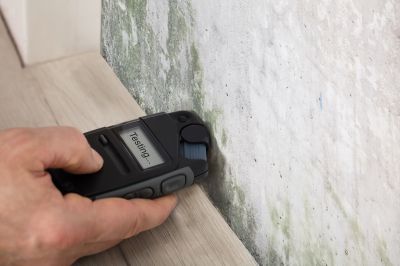
Specialized tools used for detecting mold presence in various building areas.
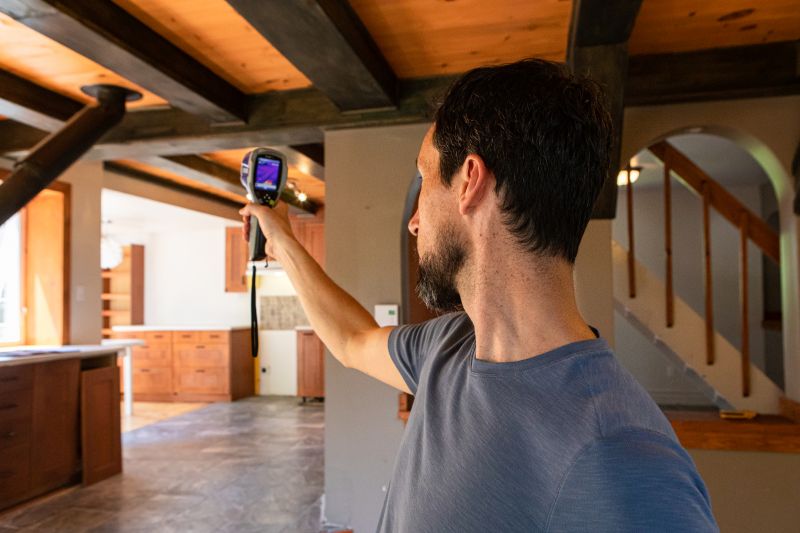
Samples collected to analyze mold spores and concentrations indoors.

Verifying mold removal effectiveness after remediation efforts.
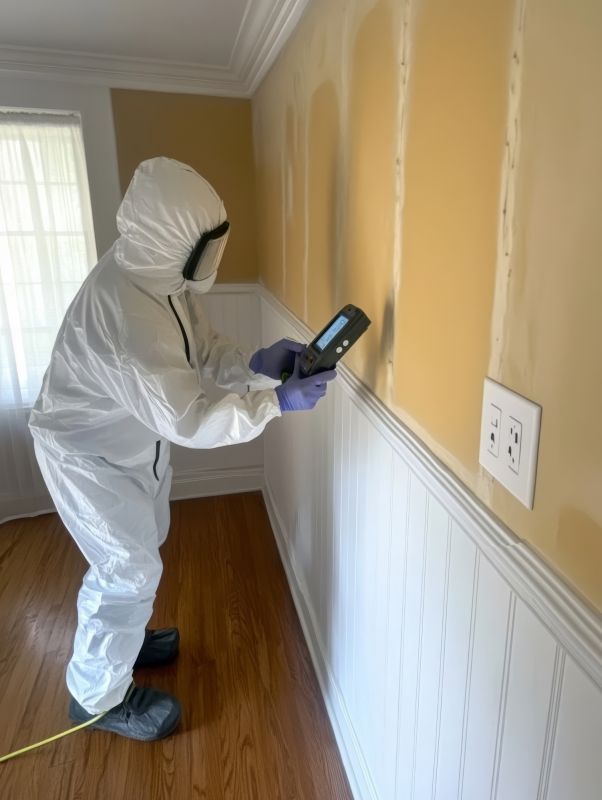
Ways to make Mold Inspection And Testings work in tight or awkward layouts.
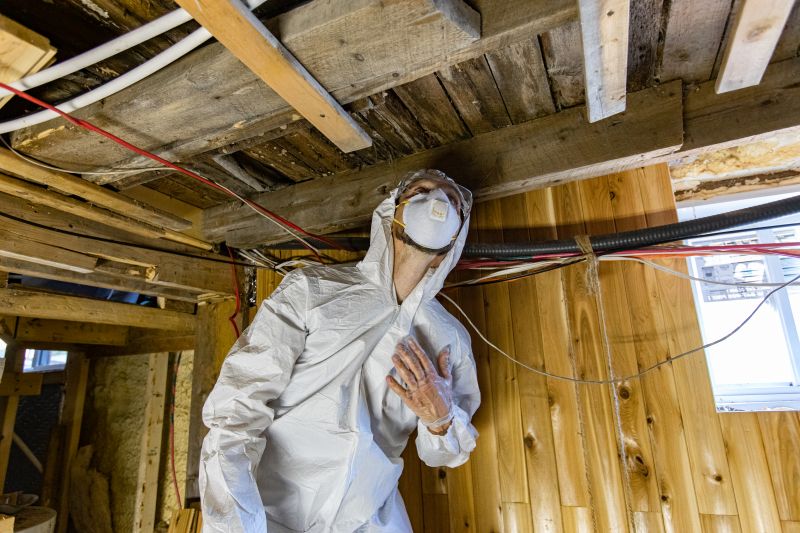
Popular materials for Mold Inspection And Testings and why they hold up over time.
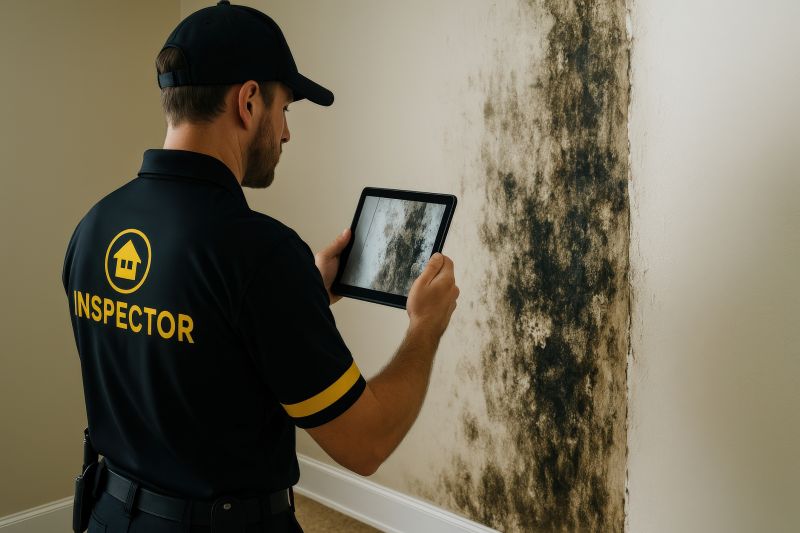
Simple add-ons that improve Mold Inspection And Testings without blowing the budget.
Mold inspection and testing are essential components of maintaining healthy indoor environments. Mold spores can become airborne and circulate within buildings, often growing in hidden areas such as behind walls, under floors, or in ventilation systems. Studies indicate that mold presence can contribute to respiratory issues, allergic reactions, and other health problems, particularly in sensitive populations.
Regular inspections, especially after moisture-related incidents, can prevent mold from establishing and spreading. Testing methods include air sampling, surface sampling, and moisture assessments, providing comprehensive insights into mold presence and severity. Effective detection allows for targeted remediation, reducing potential health risks and property damage.
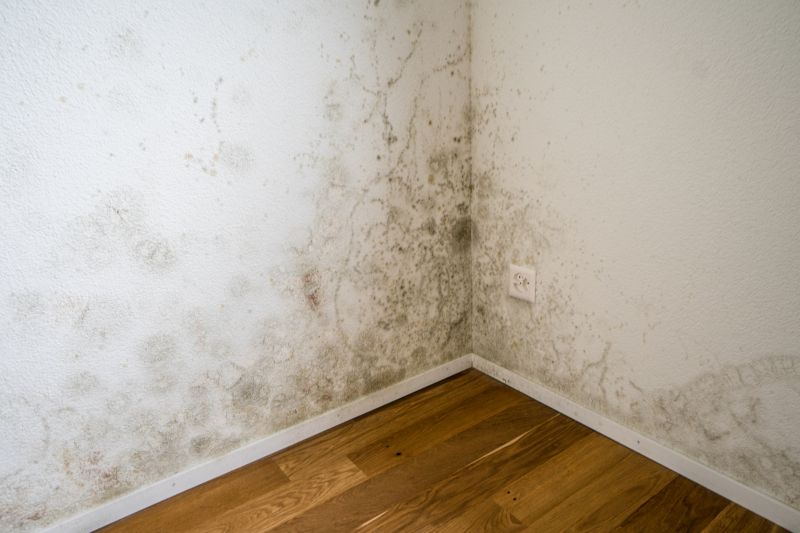
Unseen mold behind walls and under floors.

Tools used to measure airborne mold spores.
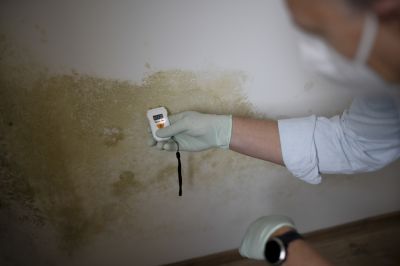
Instrument to detect moisture levels in building materials.
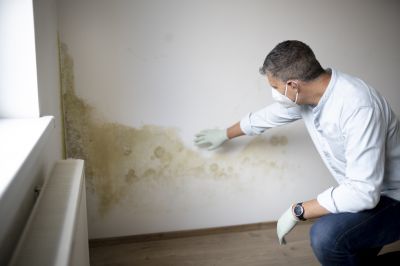
Steps involved in mold removal and cleanup.

High-end options that actually feel worth it for Mold Inspection And Testings.
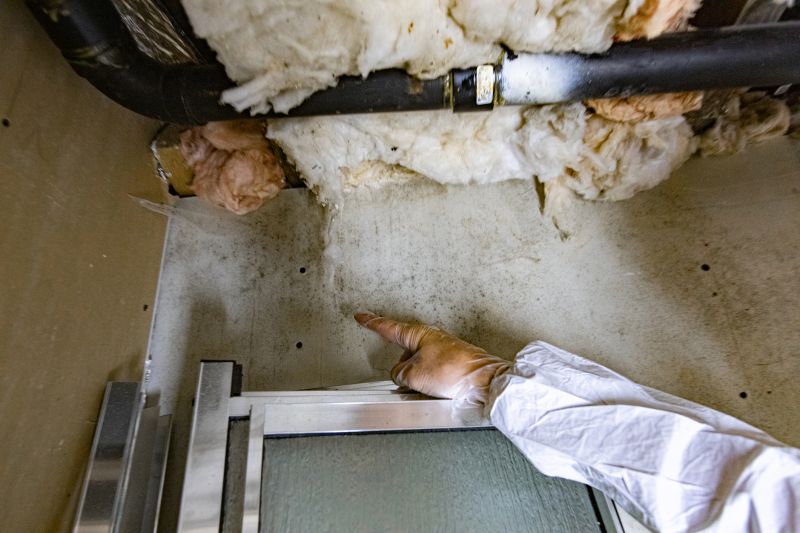
Finishes and colors that play nicely with Mold Inspection And Testings.

Little measurements that prevent headaches on Mold Inspection And Testings day.
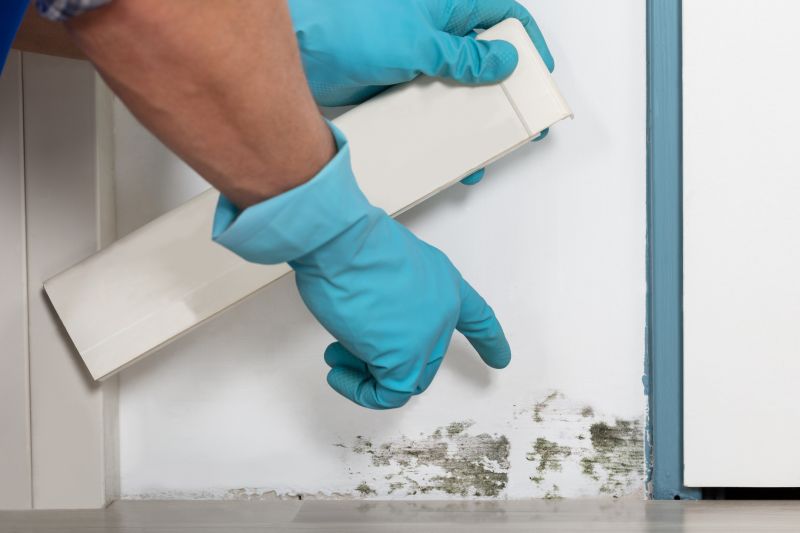
A 60-second routine that keeps Mold Inspection And Testings looking new.
| Timing Factors | Impact on Mold Detection |
|---|---|
| High Humidity Seasons | Increased mold growth risk, ideal for inspections |
| Post-Weather Events | Detects hidden mold after moisture intrusion |
| Occupant Symptoms | Prompt testing can identify mold sources |
| Property Transactions | Ensures indoor air quality before sale or purchase |
| Renovation Periods | Identifies mold caused by construction activities |
| Regular Maintenance | Prevents mold from establishing over time |
| Moisture Intrusions | Immediate testing recommended after leaks or flooding |
| Seasonal Changes | Monitoring during seasonal humidity fluctuations |
